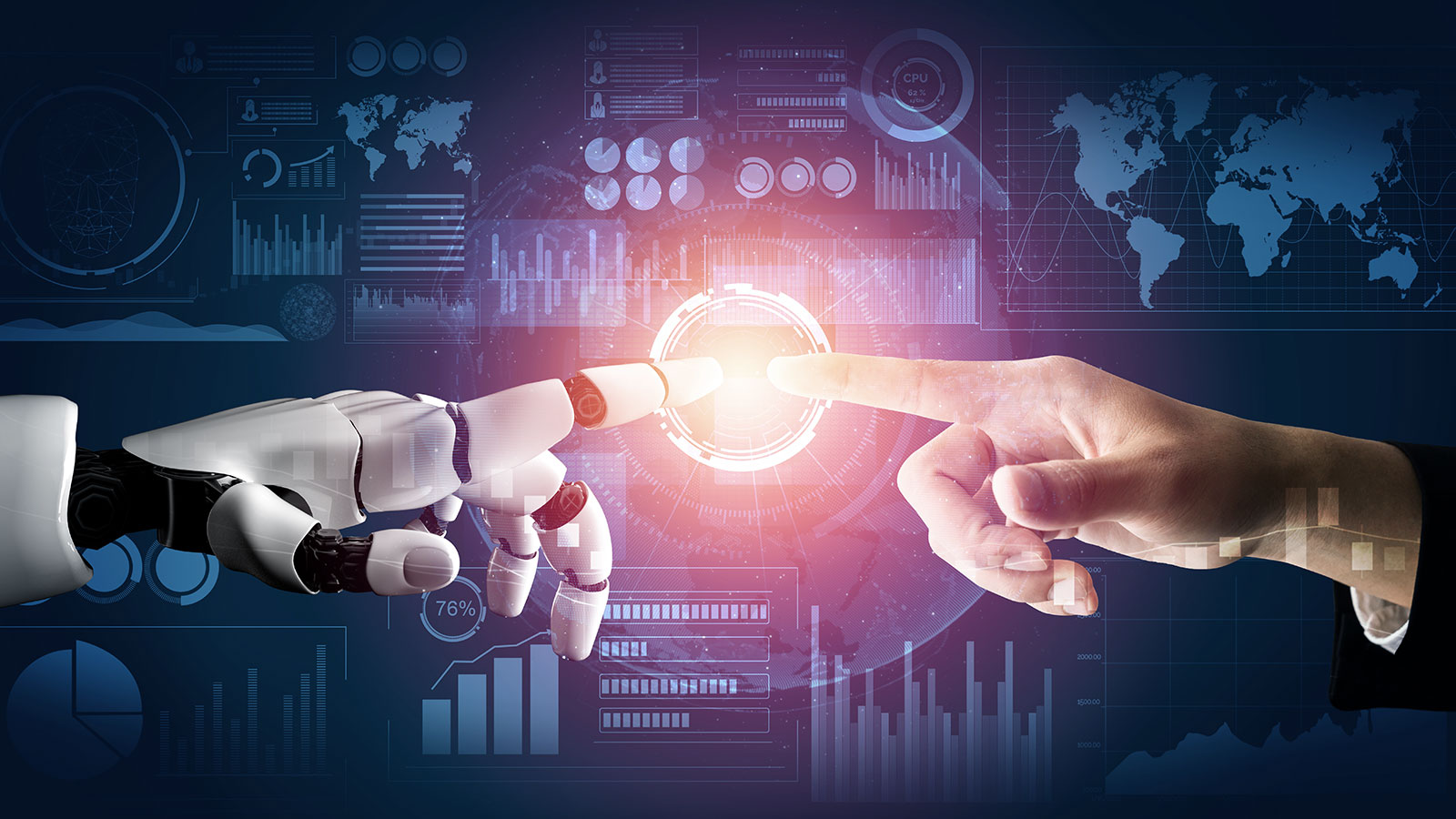
Surgery 1.0 refers to conventional surgery and Surgery 2.0 refers to minimally invasive surgery.
We are currently in the Surgery 3.0 phase, where the surgeon operates a robot in the same operating room.
It is said that the future is the era of Surgery 4.0.
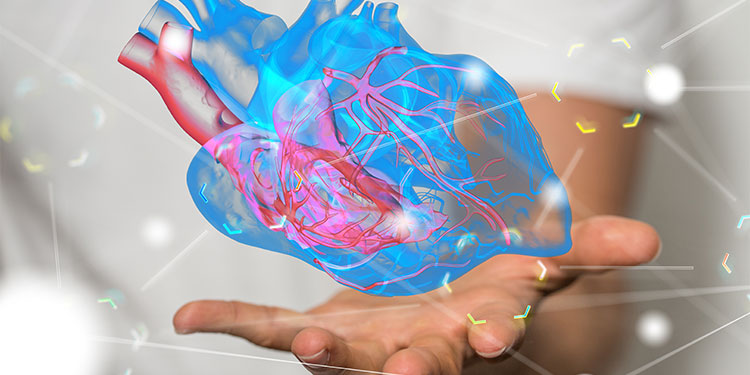
This is also the era of digital surgery.
Information obtained from surgical robots in physical space is accumulated through data and utilized for training, safety evaluation, and automation of some procedures through the use of artificial intelligence.
For this purpose, it is important to accumulate and utilize data obtained from surgical robots.
Riverfield’s surgical assist robots are characterized by the implementation of proprietary pneumatic control technology that provides accurate information on the grasping and tactile forces of the robotic forceps. This is a feature not currently available in other surgical robots.
Analyzing force sense information such as grasping force in addition to endoscopic images obtained during surgery and motion data of the surgical robot enables us to visualize the tacit knowledge, in other words, techniques of skilled surgeons.
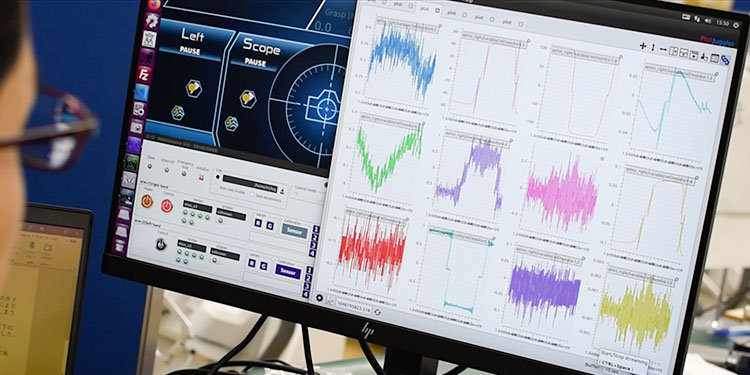
You cannot tell the amount of force just by looking at it, nor can you teach it to the young doctors.
However, it is expected that the information collected and analyzed from the data obtained by the robot can be used in training to help improve the skills of young doctors.
In addition, autonomous driving is under development for practical use in automobiles, and a similar trend is taking place in surgical robots.
For safer and securer surgical procedures, various new features are expected to be implemented, such as partial automation of procedures on surgical robots and stopping operations when AI determines that they are considered dangerous.
Thus, in Riverfield’s surgical robots, too, we are working to achieve greater intelligence and functionality.
Furthermore, our goal is not only to develop and provide surgical robots, but also to provide comprehensive support before, during, and after operations in treatment by accumulating and analyzing various information obtained from the robots.
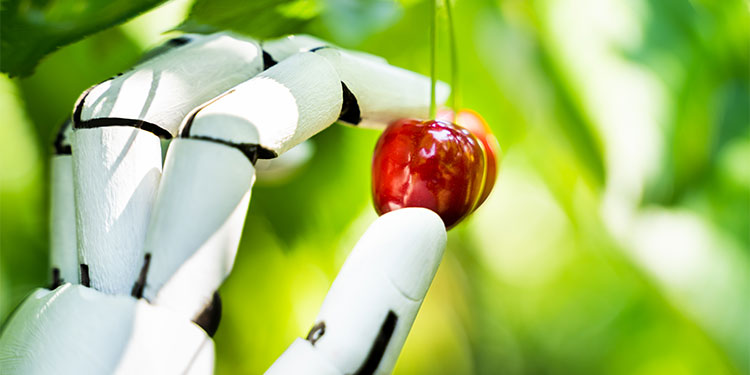
We believe that the need for collaborative robots will increase more and more in order to solve issues such as the aging society and the shortage of manpower due to the declining population.
Such robots must be soft for safety reasons.
Soft robot hands are also effective for grasping food and other items.
This background has globally driven R&D of soft robots.
Riverfield has the technology of pneumatic pressure to control the softness at will.
This technology is not only effective in softly grasping organs for surgical robots, but is also a common basic technology that can be applied to other robots.
Taking advantage of its strength as a university-born startup, universities are researching robot hands that can grasp soft objects without breaking them, robots to assist in agricultural work, robots to assist in pushing work, and wearable robots to assist human movement.
Wearable robots use artificial pneumatic rubber muscles that are lightweight and soft.
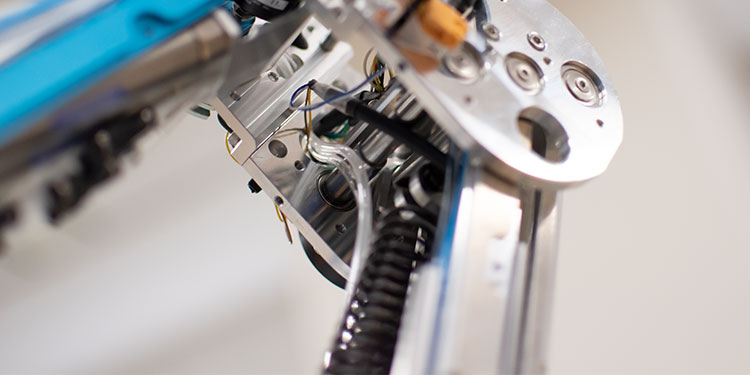
Robotic forceps are thin and precise components. These technologies can also be deployed in piping exploration robots.
Another strength is the ability to immediately transfer advanced technologies developed at these universities into our products.
Riverfield has a system in place that allows us to develop robots in a single integrated process, from precision mechanical design and the control technology that operates them, to commercialization that guarantees the safety we have cultivated in medical devices.
We have already been working with shareholder companies on R&D of pneumatically driven robots for application outside the medical field.
Thus, our goal is to contribute widely to society as a comprehensive robot manufacturer.
Society 5.0 is a society that achieves both economic development and solutions to social issues through a system that highly integrates cyberspace (virtual space and the digital world) and physical space (the real world), which is advocated as the social structure of the near future.
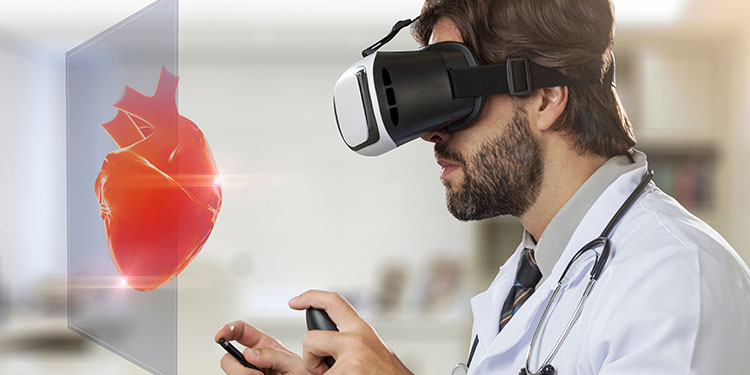
In the Society 5.0, ultra high-speed communication lines such as 5G and 6G will develop and artificial intelligence (AI), machine learning and deep learning will further advance. As a result, a society where humans and robots coexist and co-create (i.e. through automation, remote control and autonomous driving) will become a reality.
As referred to in Surgery 4.0, Riverfield is developing robots utilizing pneumatic control focusing realization of such a future.
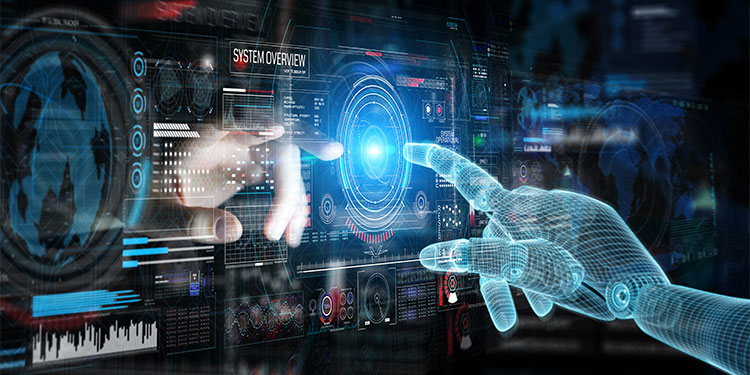
The above are just a few examples, but we are developing with these visions in mind. We intend to contribute to Society 5.0 by actively promoting joint research with universities and companies.